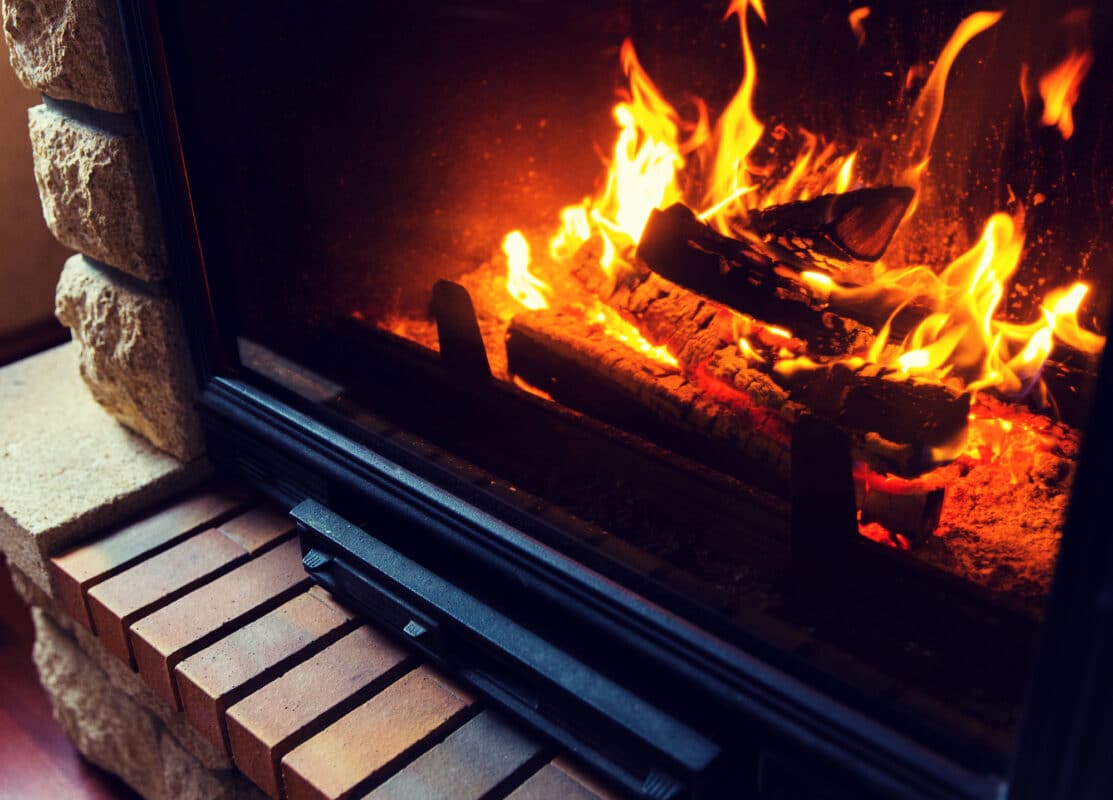Burning your kiln dried logs safely
As we enter the burning season with many new customers trying out wood burning, I’d like to provide some helpful tips for safe and efficient use of kiln dried logs. It’s important to get your stove hot enough, ideally above 250 °F, as soon as possible for complete combustion. Additionally, keeping this temperature consistent will lead to a clean-burning fire that is both efficient and effective.
“Prevent the accumulation of creosote. “
In case you start a very slow-burning fire in your modern, airtight stove with closed vents, flue temperatures of 100-200 °F will be produced. This temperature is too low to effectively carry all unburned gases out into the atmosphere. Instead, these gases will condense as creosote on the walls of your stovepipe and chimney. To avoid this, it’s crucial to quickly increase the initial temperature and maintain consistent heat for sufficient removal of gases as logs burn. Follow these top tips for building up your fire and ensuring proper oxygen supply through vent control while using good fire-building practices to burn just the right amount of fuel.
Avoid damp wood, only use kiln dried logs
To optimize the efficiency of your wood-burning stove, follow these steps:
- Avoid using part-seasoned or damp wood and only use kiln dried logs.
- Open all air vents at the beginning and start your fire with both firelighters and dry kindling. Allow the kindling to burn fiercely for 5-10 minutes to warm your flue and create a strong draw before adding logs.
- Burn bright, hot fires starting with smaller logs arranged in a way that allows air to flow between them without overfilling the stove.
- Keep all air vents open fully until the stove has been operating at a heat higher than 300 °F for 15 minutes. Then, gradually close them at regular intervals to slow down the burn and keep more heat within the stove. Don’t close them too soon as this will starve the fire of oxygen during its warm-up phase.
- Wait until the fire has burned down to glowing embers or until flue temperature drops to 300 °F before reloading with at least a couple of logs each time.
- Open vents slightly after adding more logs for better combustion, then close them after several minutes.
- Open vents before going to bed so that fire burns cleanly overnight. Never leave stove damped down heavily overnight as this causes creosote build-up and hinders combustion.
- Have your flue or chimney swept before each season begins to remove any deposits.
- Install a carbon monoxide alarm marked EN 50291 with British Standards Kitemark placed 15cm below ceiling height. It’s important to understand every aspect of kiln dried firewood, including origin and process, for informed purchasing decisions.

